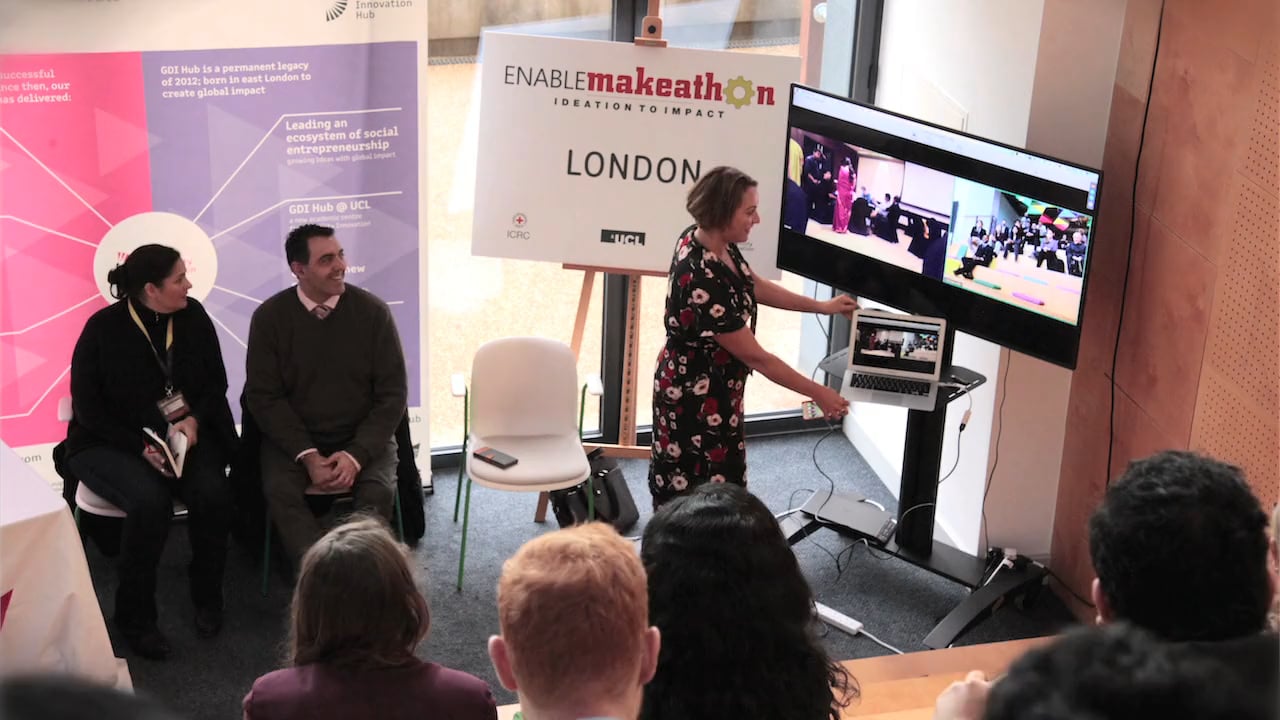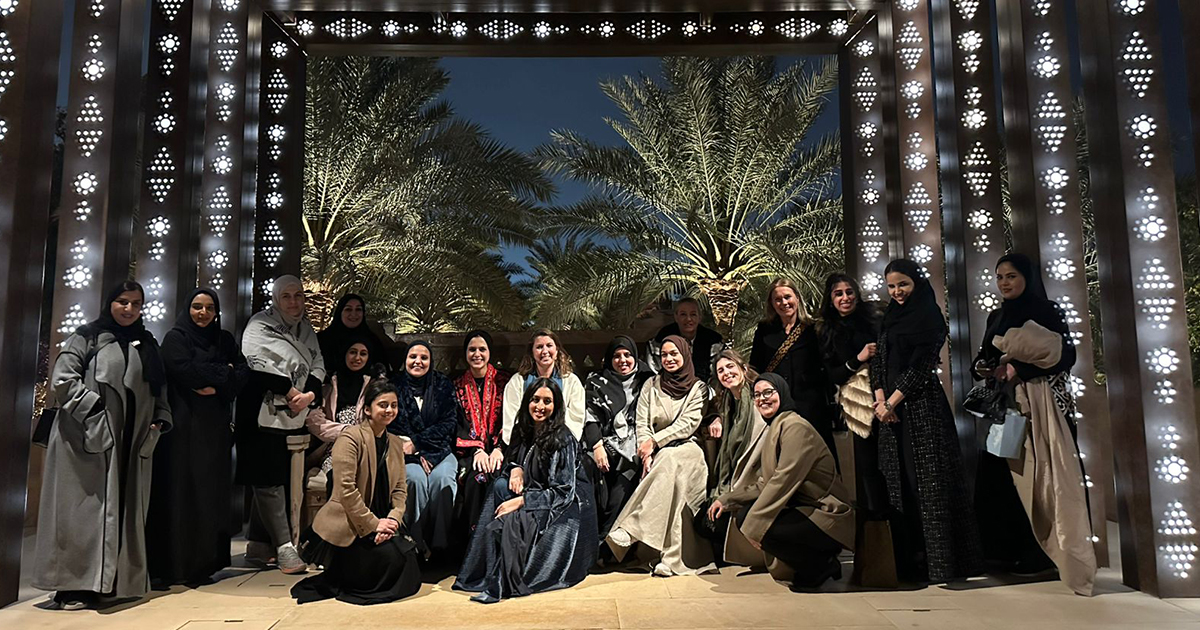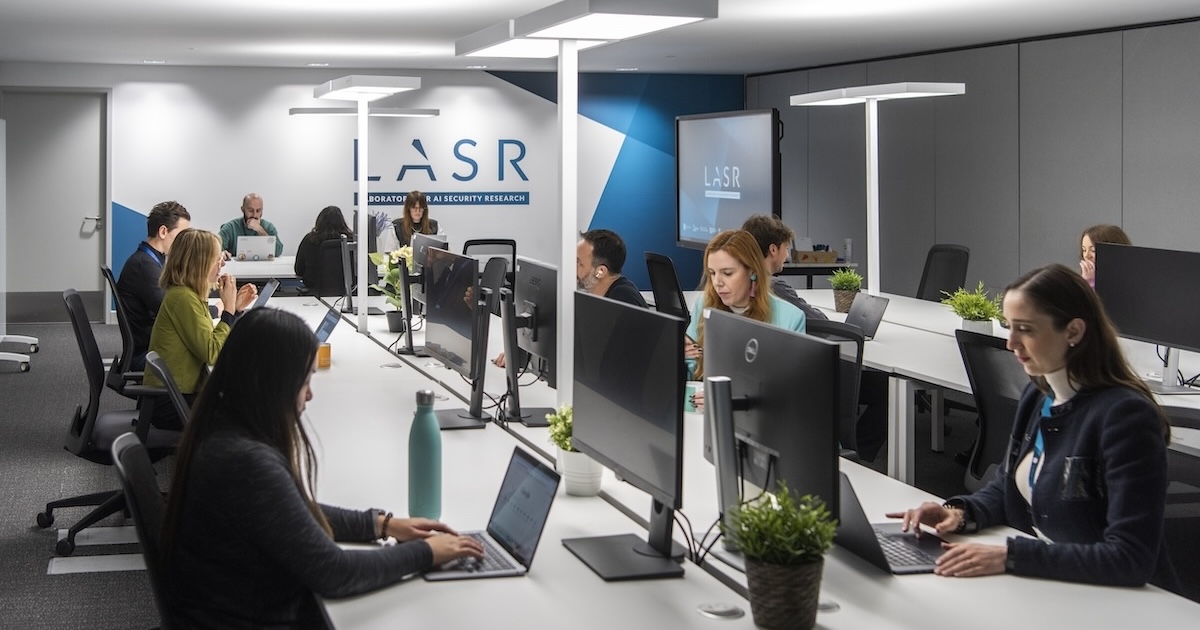When University College London and the Global Disability Innovation Hub revealed they would be hosting Enable Makeathon, an innovation programme aimed at producing solutions for disabled people, at Plexal it’s safe to say we were excited and honoured. Over 15% of the world’s population has a disability according to the World Bank, and this is clearly spurring innovators on to find new, tech-led solutions. So as the teams put the final touches on their pitches, we caught up with a few of them to find out about their big ideas.
Team Glasschair
“Wheelchairs are an older piece of technology that have been around for a while, so they often don’t get the attention they deserve. And while there’s a lot of research going on, that isn’t always translating into in-market solutions. That could be because the research isn’t producing spinouts or maybe because the ideas aren’t being sold all that well, but whatever the reason it’s the end users who suffer.
We’re working on a smartglass solution that will allow people to maintain their independence and manoeuvre their wheelchair, even if they can’t grip their joystick controller. We’ve developed an app that connects to an adapter and a range of smart glasses, including Google Glass. This allows people to steer their wheelchair just by turning their heads in a certain direction. In the future, that adapter could potentially connect to other smart glasses in the home too.
It’s our aim to help people in general, especially those who have had a harder time than others but who haven’t been paid enough attention. We think everyone should feel included and have the same access to the tech that’s just normal for everyone, like smartphones. Using smart glasses in this way is the simplest and most obvious step towards doing this.”
– Claudiu Leverenz and Konstantin Madeaus, Glasschair
Team GameAble
“When we spoke to kids who had neural disabilities and asked them what they wanted us to help them do more easily, say said ‘help us play our favourite games better’. For those children, their peers play games and they wanted to be able to play on a level that was competitive. But because of their disabilities, their response times can be slower and they can find it difficult to operate the controllers.
We’ve been working on a piece of software that’s downloaded onto the computer. And using a sensor contained in a wristwatch we ‘ve built, we characterise each individual child’s movements as they play games like Minion Rush or Sonic Dash, asking: ‘what movement would you like to do for left, right, up or down?’. Each person has unique presentations of their disability so you don’t want a generic solution.
Being able to game might seem like something frivolous or a non-essential but it matters to the kids. It’s important for everyone to be able to participate in the things their friends are doing feel like they belong.”
– Team GameAble
Team Amparo
“90% of the world’s amputees don’t have access to modern prosthetics, and many find the process of getting fitted painful and far too long.
Our Confidence Socket is a socket for recent amputees. But instead of the person waiting weeks or more for a fitting – only to find that the fit isn’t right – we’re able to offer a personalised solution. Using a low-temperature thermoplastic, we mould the socket onto the residual limb. And if it doesn’t feel right, we can remould and refit it right there and then. Each person’s body is different and it’s so important that the socket, which is the link between the leg and the prosthetic, is personalised. We hope it gets people into rehab more quickly and with more confidence.”
Team Amparo
Team Nonspec
“There’s a lot of hype around technology like 3D printing. But while I’m generally excited about tech’s potential to improve the way we manufacture things and make the lives of disabled people better, I’m also mindful of the fact that some of the systems in the medical space are broken and we need to focus on what we can do now rather than chasing trends. Right now, 3D printing isn’t easy, it isn’t fast and a lot of the time the prints aren’t reliable.
We also need to make sure that people can afford the assistive tech and medical devices they need to live. Not everybody needs the latest laptop, but everybody does deserve to live the best life they can.
We’ve developed a below-the-knee prosthetic system that’s dynamic, affordable, lightweight, adjustable, and mass producible. It’s an off-the-shelf solution that can be fitted to anybody, usually within about an hour. Injection moulding keeps our materials costs and manufacturing times low.”
– Erin Keaney, COO, Nonspec


